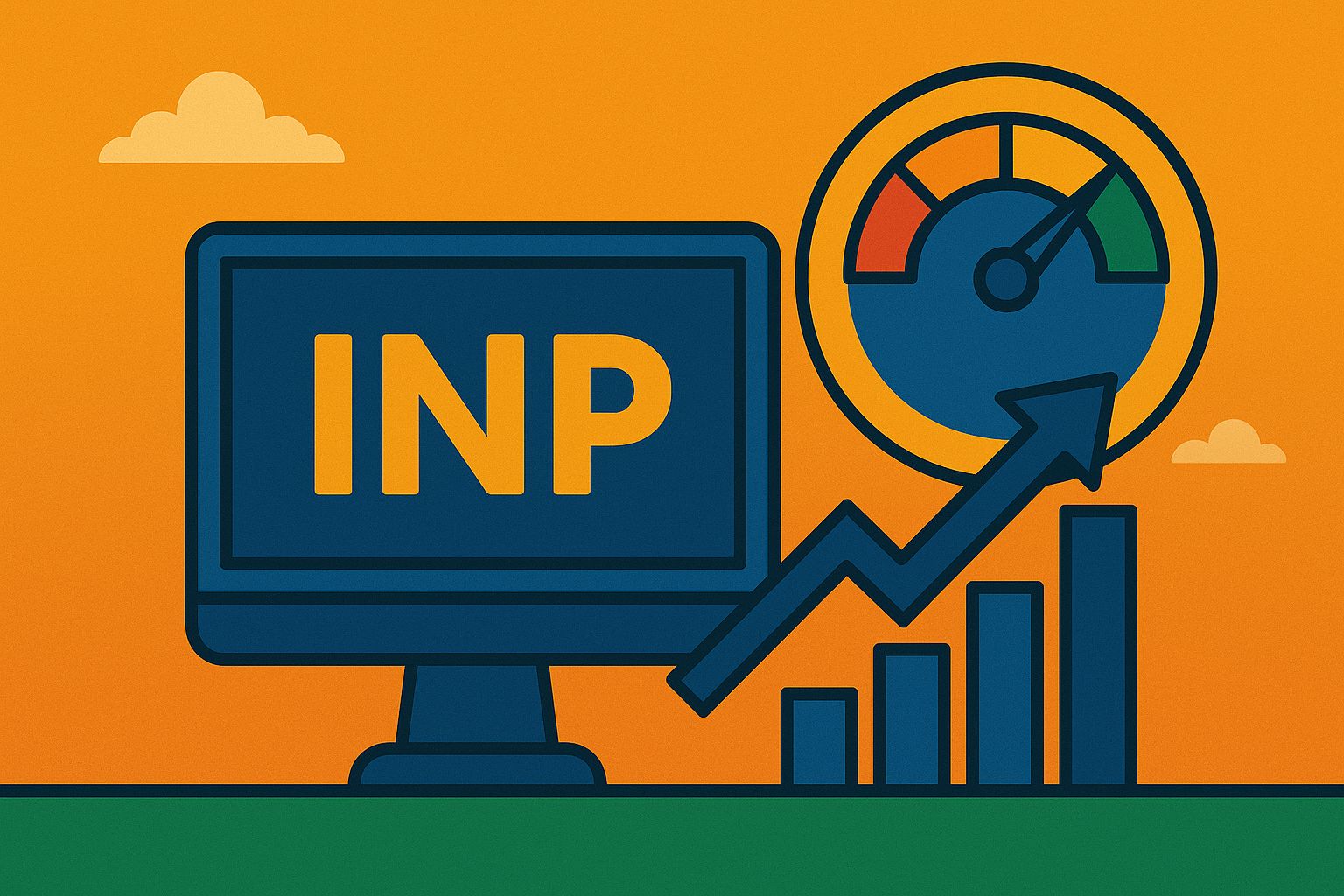Imagine juggling a bunch of servers, databases, and other AWS services to get your app running. Sounds fun. Not exactly! Setting up all that stuff takes ages and is a recipe for mistakes. There’s a better way! AWS CloudFormation lets you automate the whole process. Think of it as a blueprint for your infrastructure. Just define what you need, and CloudFormation sets it all up consistently and reliably. This article will show you how to use AWS CloudFormation to build your infrastructure like a pro!
What Is AWS CloudFormation?
AWS CloudFormation is a service that assists you in modeling and configuring your AWS resources, allowing you to spend less time maintaining them and more time focused on your AWS-based applications. You construct a template that outlines all of your desired AWS resources (such as Amazon EC2 instances or Amazon RDS DB instances), and CloudFormation handles the provisioning and configuration for you. CloudFormation handles the creation and configuration of AWS resources and determines which depends on which. Before understanding how to use AWS CloudFormation, let’s first explore its benefits.
Benefits Of AWS CloudFormation
CloudFormation and other AWS-compatible IaC technologies provide several advantages that accelerate and streamline cloud service development and management.
- Deployment Speed
When you use CloudFormation templates to govern how AWS resources are configured and deployed, you may instantly deploy numerous instances of the same resource with a single template. This strategy allows for considerably faster deployment than if you had to manually configure each deployment by running commands on the CLI or hitting buttons in the AWS console. The catch, of course, is that you must spend time configuring your CloudFormation templates. However, you will be performing the same deployment type numerous times. In that case, it will be far faster to construct a CloudFormation template that can be reused for each deployment rather than manually configuring each one.
- Scaling Up
Even if you intend to deploy only a few instances of the same AWS resources, CloudFormation templates are useful because they ensure that your environment can be scaled up rapidly when the time comes. By keeping CloudFormation templates on hand, you can add more virtual machine instances or storage space as needed, such as if your apps see increasing traffic and you need to scale your environment. Alternatively, when demand drops, and you want to scale back to save money, you can take some of your installations offline while still having the flexibility to redeploy them using CloudFormation when demand rises easily.
- Service Integration
A single CloudFormation template can be used to deploy specific services or resources and numerous resources. This management capability enables you to use CloudFormation to combine various AWS cloud services. For example, you could create a template that installs an EC2 virtual machine in an AWS Virtual Private Cloud (VPC) or deploys an S3 storage bucket and configures access control using the IAM service. Managing numerous services with a single template simplifies combining AWS services as you create a complete cloud environment.
- Consistency
When you use AWS CloudFormation templates to define and deploy AWS resources, you can apply the same configuration several times. CloudFormation ensures that your apps and services remain consistent and identical regardless of how many instances you launch. The alternative technique, configuring each resource manually, increases the risk that the engineer doing the work will apply different settings to different instances, resulting in inconsistency. As a result, your environment would be more difficult to manage because certain resources would appear distinct from others, even if they fulfill the same basic function. You may have multiple EC2 instances running clones of the same application or different IAM access controls for the same service. The inconsistency would make it difficult to handle resources consistently.
- Security
Similarly, while AWS CloudFormation is not a security technology in and of itself, it can help improve your AWS environment’s overall security by lowering the possibility of oversights or human errors that could lead to breaches. As long as your CloudFormation templates are safe, you don’t have to worry that an engineer deploying resources will forget to enable crucial access control or that data will be exposed to unfettered public access.
- Easy Updates
CloudFormation templates allow you to alter existing resources and deploy new ones. This capability facilitates tasks such as adding more storage to a fleet of EC2 machines or altering access control rules.
- Auditing And Change Management
When you use CloudFormation to manage your infrastructure, you may monitor changes depending on the templates you’ve used and how they change over time. Change tracking in CloudFormation allows you to see how your AWS services and resources have changed over time without having to search through logs to reconstruct the sequence of adjustments.
How To Use AWS CloudFormation
Ready to ditch the manual infrastructure setup and embrace the power of IaC with AWS CloudFormation? Given below are the steps to use AWS CloudFormation:
Getting Started
- Finding CloudFormation:Log in to the AWS Management Console and search for “CloudFormation” in the search bar. It will take you to the CloudFormation service dashboard.
Creating a CloudFormation Template
- Choosing Your Format: CloudFormation templates can be written in YAML or JSON. YAML is generally considered easier to read for beginners, so we’ll focus on that here. You can create your template in any text editor, but AWS also offers a visual tool called CloudFormation Designer (optional) to help you build your template graphically.
- Defining Resources: This is where you specify the building blocks of your infrastructure. CloudFormation supports many resources, from virtual servers (EC2 instances) and storage buckets (S3) to databases and security groups. Within your template, specify the type of resource and its desired configuration. For example, you could define an EC2 instance with a specific amount of memory and storage.
Specifying Parameters
- Customization is Key: CloudFormation templates can include parameters. These act like placeholders that you can use to define values during deployment. It allows you to customize your infrastructure on the fly. Imagine having a parameter for the number of web servers you want to create. You can specify a different value for this parameter when deploying your infrastructure to a testing environment versus production.
Adding Outputs
- Capturing Information: Once CloudFormation creates your resources, it can provide valuable information about them. It is where outputs come in. Define outputs in your template to capture details like public IP addresses or database connection strings. Defining makes it easy to access this information after deployment without digging through the console.
Deploying a CloudFormation Stack
- Bringing it All Together: With your template ready, it’s time to deploy your infrastructure! In the CloudFormation console, click “Create Stack” and provide a name for your stack. Then, upload your template file and specify any values for your defined parameters. CloudFormation will walk you through the remaining steps, allowing you to review and confirm your deployment. Once you hit “Create,” CloudFormation will provision and configure your resources based on your template.
- Remember: This is a basic overview. CloudFormation offers a rich set of features for more complex deployments. However, these steps should give you a solid foundation for getting started and experiencing the benefits of IaC with AWS CloudFormation.
Advanced Use Cases for AWS CloudFormation
Now that we know how to use AWS CloudFormation, it would make sense to know the powerful functionalities of AWS CloudFormation:
- StackSets for Regional Deployments
Imagine deploying your infrastructure across multiple AWS regions. CloudFormation StackSets come to the rescue. With StackSets, you can define a template once and deploy it to multiple regions simultaneously, ensuring consistent infrastructure configurations across your global footprint.
- Change Sets: Preview Before You Deploy
Making changes to your infrastructure can be nerve-wracking. CloudFormation Change Sets allow you to preview the changes a new template will make to your existing stack before you deploy them. This gives you a safety net, letting you identify and address potential issues before they impact your running environment.
- CloudFormation Registry: Share and Manage Templates
CloudFormation templates are valuable assets. The CloudFormation Registry allows you to share and manage your templates centrally. Store your templates privately within your organization or share them publicly with the community. It promotes collaboration, reusability, and best practices within your team or the wider AWS user base.
Conclusion
AWS CloudFormation transforms the way you manage your infrastructure on AWS. CloudFormation replaces human configuration, which is time-consuming and error-prone, with templates and automation. You get consistent, repeatable infrastructure deployments, fewer failures, and better manageability. Ready to abandon manual setup and embrace the power of IaC? AWS offers rich documentation and tutorials to help you get started with CloudFormation. Don’t wait – utilize AWS CloudFormation on your next AWS project to see the benefits of Infrastructure as Code firsthand!




